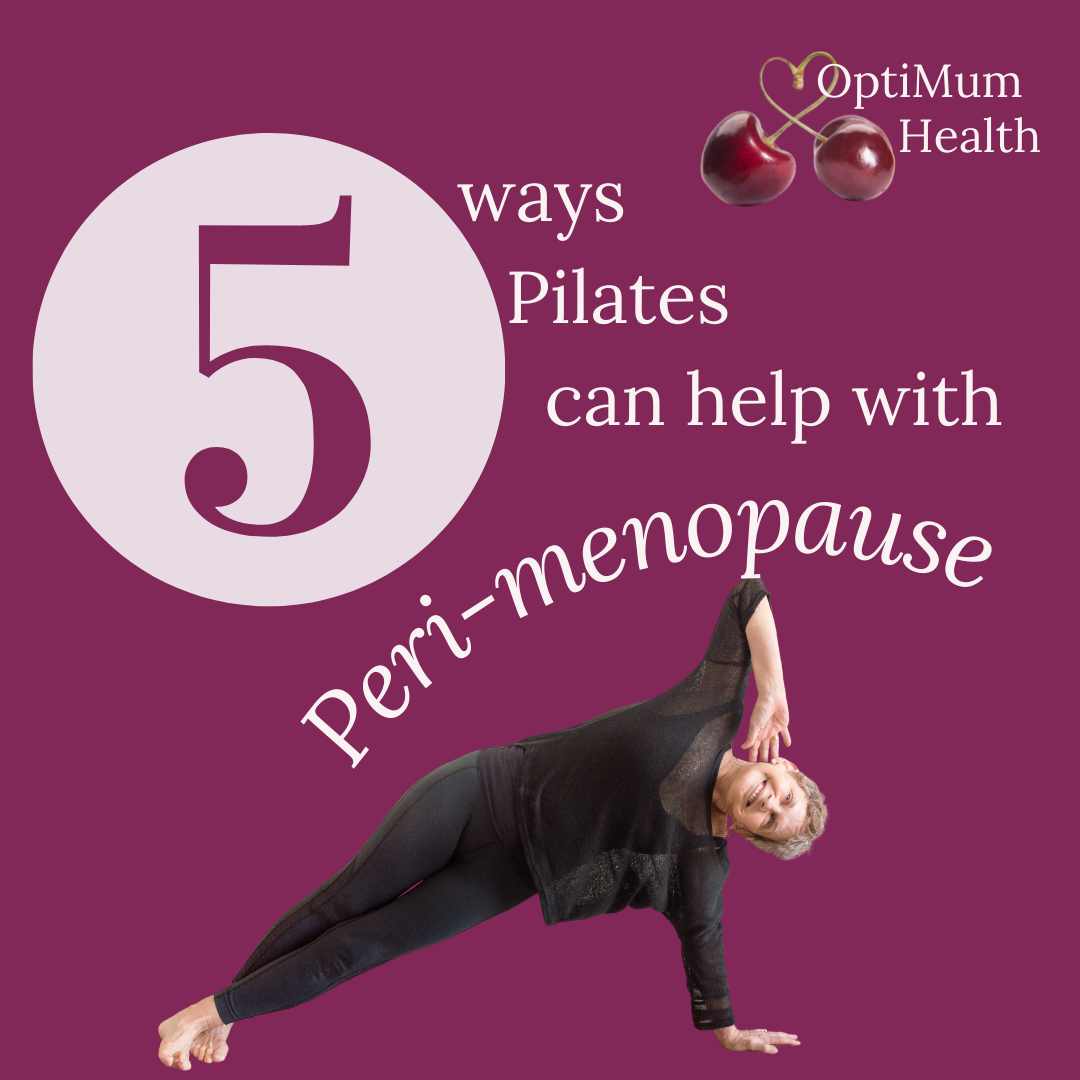
When people think of pelvic floor issues they think of leaking wee….and they tend to think pelvic floor exercises are the (only) answer.
But there are at least 10 other factors that affect your pelvic floor…so no matter how much squeezing you do, without addressing these other areas you might not stop those leaks.
And spoiler alert – squeezing all the time or hanging onto your pelvic floor for dear life all the time may cause as many issues as not exercising it at all.
Confusing…and potentially scary. But it doesn’t have to be.
Let’s talk pelvic floors, shall we?
Not the sexiest of subjects, perhaps, but if you’re a woman over 40, chances are you’ve started noticing things down below that feel…different.
Maybe it’s the occasional leak when you laugh (or sneeze, or jump), a heavy or dragging feeling in your bits, or just a sense that things aren’t quite as bouncy as they used to be.
And when you do finally pluck up the courage to ask Dr. Google (or whisper to your mate over coffee), the usual advice seems to be:
- Talk to someone about it – which can feel awkward, vulnerable, and like you’re the only one (you’re not).
- Ignore it and hope for the best (classic).
- Accept that “it’s just one of those things we women have to put up with.”
- Start doing your pelvic floor squeezes (aka Kegels) religiously for a few days and hope for miracles…only to forget to do them over time.
But here’s the truth: while pelvic floor exercises (aka Kegels) have their place, they’re not the full story.
There are 10 other sneaky contributors that could be affecting your pelvic floor function and comfort.
Let’s break them down, one bum-friendly tip at a time:

-
Constipation
Straining on the loo is like asking your pelvic floor to hold back a dam with a tea towel.
Keeping things regular with fibre, hydration, and movement is key.
Bonus: you’ll feel better all round, have more energy and possibly get less headaches.
-
Breath Holding
Whether it’s lifting weights, walking up the stairs or opening a jam jar, breath-holding increases pressure downwards.
More downwards pressure equals pushing down onto your pelvic floor. Learn to exhale on exertion – it’s a game-changer.
Why it works – not only does breathing in this way ensure you’re managing pressure down onto the pelvic floor, when we exhale, the pelvic floor naturally lifts slightly so is better able to withstand any pressure changes.


3. Weakness in the Hips and Legs
Your pelvic floor doesn’t work alone – it has mates.
Strong glutes and legs support better pelvic alignment and control.
Squats, bridges, and side lunges are your friends.
And let’s not forget the pelvic floor’s best friends, your inner thigh muscles.
Top tip: if you’re struggling to feel a connection when you do pelvic floor exercises try squeezing a thick cushion between your thighs as you squeeze your pelvic floor.
Bonus tip: position matters too. If you can’t feel anything (squeezing or releasing) when seated, try it laying down.
Laying down means you’re not lifting your pelvic floor against gravity – you may even feel a difference between laying on your front, your back, your left or your right hand side (yep the pelvic floor has a left and right, a front and a back).
-
Hydration and Irritants
Drink more water, yes.
I often hear from women who are drinking less, particularly before they go out, to ‘reduce those leaks’.
But dehydrating yourself in this way, even slightly can:
- Concentrate your urine so it irritates the bladder more, inadvertently making things worse
- Negatively impact your thinking
- Reduce your energy
Tip – remember the bladder is similar to a balloon, so if you’re looking to increase the amount you drink, do it gradually – a 100-200ml increase every 4-5 days, to allow your bladder to adapt.
But while drinking more water is great, also be aware of bladder bullies like caffeine, alcohol, fizzy drinks and citrus. They can irritate your bladder and make symptoms worse.
Bonus tip – start to note down what you experience and when.
This will give you clear information on what may be contributing to your issues. From there you have a choice to avoid, moderate or continue with any direct irritants.
My PF101:No Nonsense Guide to a Happy Pelvic Floor includes more information on this and a free template to help you weed out (see what I did there?) what’s happening with your pelvic floor.


5. Pressure Management
This is about how you manage the load through your body.
From lifting your toddler to coughing fits – it all affects the pressure on your pelvic floor. Posture and breathing help here.
A bit like inflating a kids’ balloon….blow too much air into it and it just can’t cope.
6. Jaw or Belly Tension
Weird but true: tension in your jaw or belly often equals tension in your pelvic floor.
Soften your jaw, relax your tummy, and feel the difference.


7. Foot to (Pelvic) Floor Impact
Every time your foot hits the ground, your pelvic floor feels it.
Poor footwear, high impact workouts, or walking like you’re in heels when you’re not?
All worth addressing.
(You might be interested in this article too: 10 tips for preventing leaking when running)
8. Genitourinary Syndrome of Menopause (GSM)
This is the hormonal shift that can cause dryness, irritation, and changes in tissue elasticity.
There are 3 headings that symptoms fall under: urinary, vaginal or sexual.
It’s common. And there are treatments.
So if your downstairs as started to feel like a drought in a desert, don’t suffer in silence. (I include several tips to help with this in my PF101:No Nonsense Guide to a Happy Pelvic Floor too)


9. JICing (Just In Case Wee-ing)
Going to the loo before you need to – “just in case” – can train your bladder to signal urgency more often.
So if you see a toilet sign when you’re out and you think to yourself “I’d best go while I’m here” or words to that effect….this is You.
Resist the urge to go for a nervous wee before every outing. (want some free tips on this one? Just click here)
10. Always Squeezing, Never Releasing
A clenched pelvic floor is a tired one.
Focus as much on letting go as on tightening.
It’s like a bicep curl – both parts matter.
Imagine just squeezing your upper arm all the time….not only are you not working the muscle well but then, when you do try and straighten your arm those muscles are going to wonder what’s going on.
It’s exactly the same with your pelvic floor.
And it’s not necessarily conscious squeezing either – very active women, Pilates and yoga enthusiasts, Crossfitters and athletes are known to have tension in their pelvic floor as a result of how their body is trained.
Sometimes we need to let go first.
(I know I’m plugging it lots but in my PF101:No Nonsense Guide to a Happy Pelvic Floor I include a load (literally) of positions and stretches to help relax your pelvic floor.)

Final Thought:
You’re not alone, broken, or doomed to live life crossing your legs every time you laugh.
There’s so much that can be done to support pelvic floor health beyond just doing squeezes in the supermarket queue.
If any of these 10 factors rang a bell for you, get in touch. I’m here to help you feel confident, strong, and in control – no pads required.
Let’s make your pelvic floor feel fabulous again (and have a giggle while we do it).
Want more support?
Check out The Movement Room for online movement videos that integrate your pelvic floor with a FREE 2 week trial: CLICK HERE
Or grab my FREE pelvic floor guide: Strong not Soggy – 3 Quick Fixes for a Happier Pelvic Floor. No endless squeezing. Just smart strategies you can use today to lift, laugh and live leak-free. CLICK HERE to grab it now

